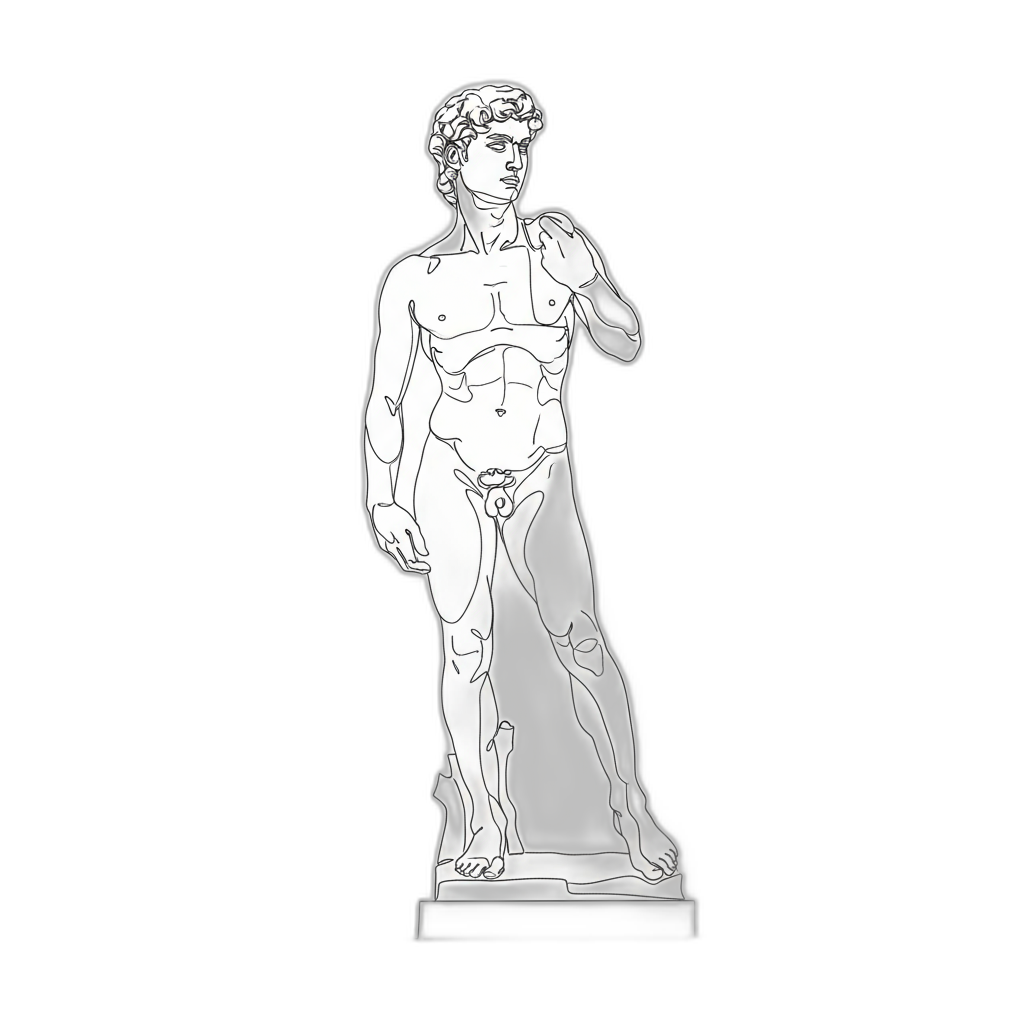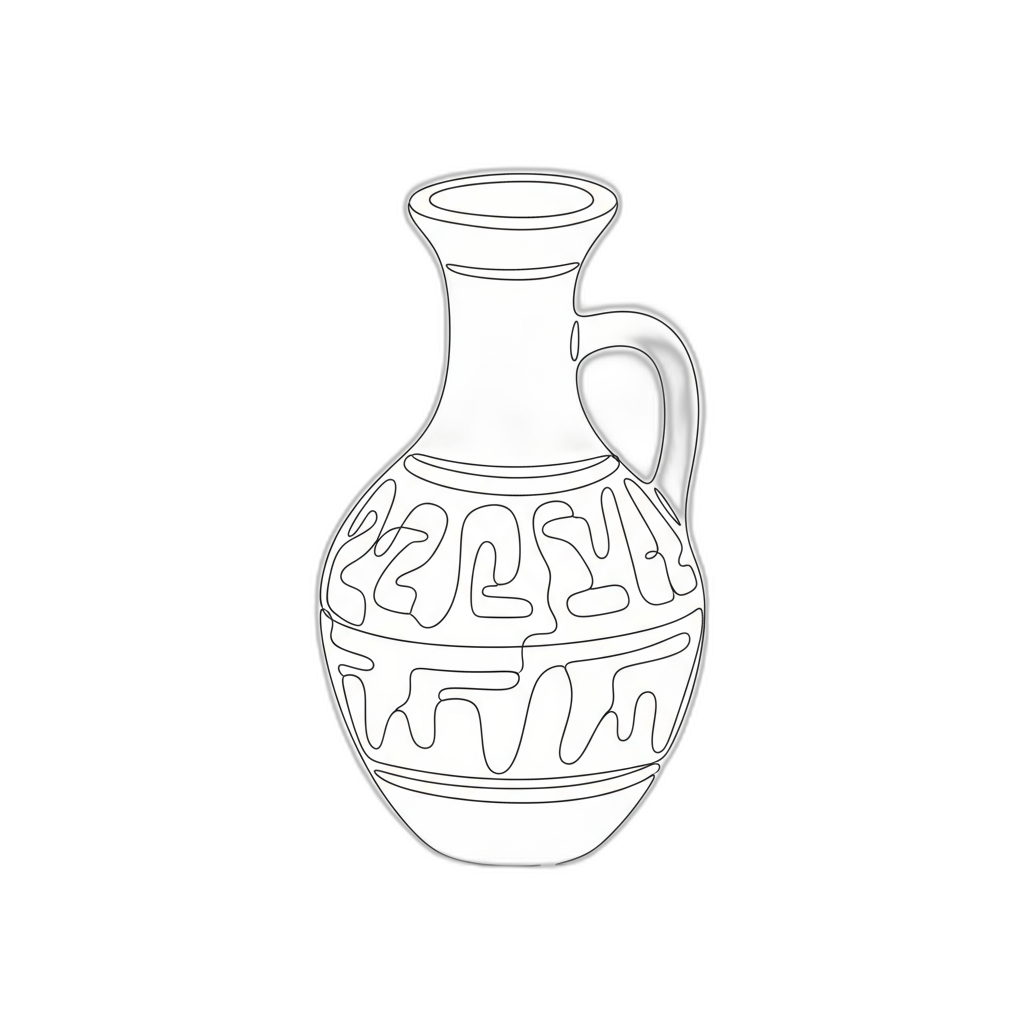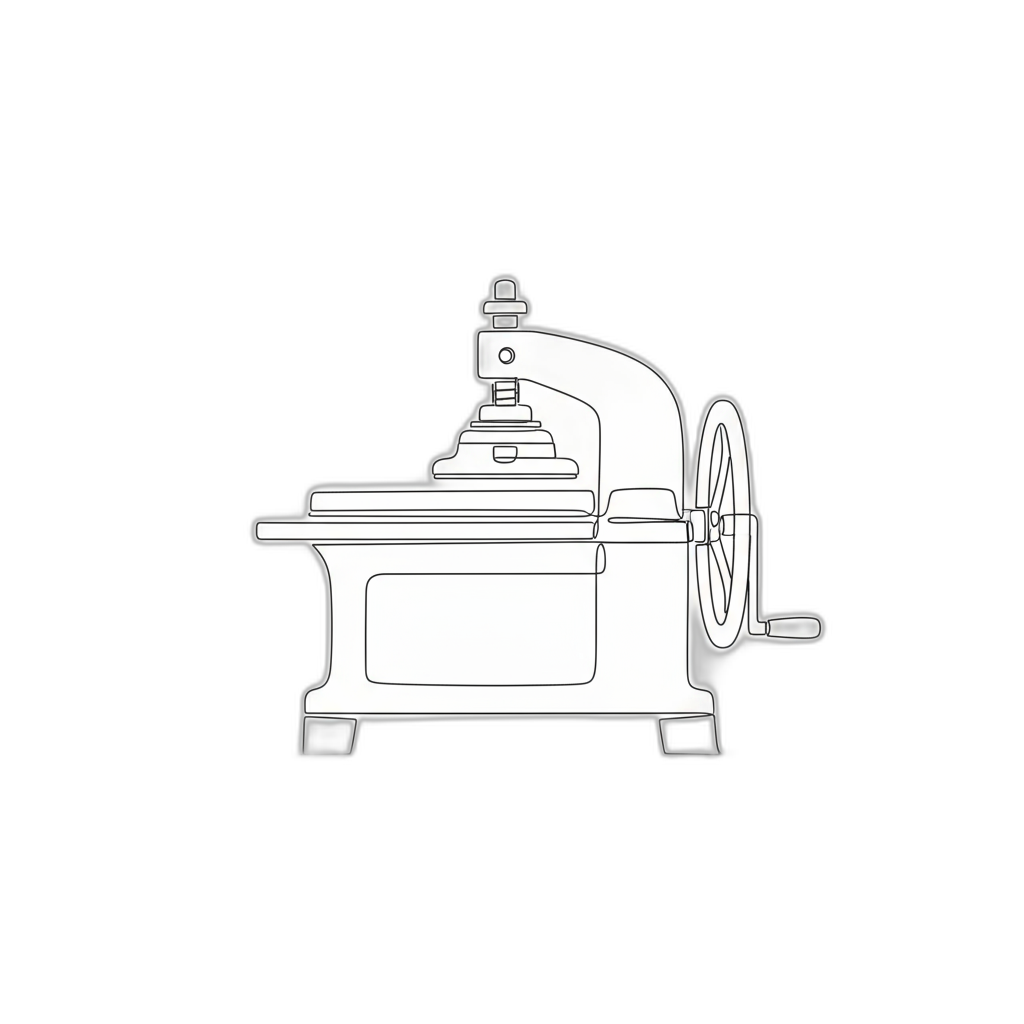






5-Star Service, Trusted & Loved by Hundreds
Your Appraiser Search Ends Here
Your Appraiser Search Ends Here
.avif)

Nationwide Coverage – Appraisals Anywhere in the US

Get it done Onsite or Online

Any Asset, Covered

Defensible for Any Purpose
Frequently Asked
Questions
No Frequently Asked Questions Found.
At its core, a tax deduction represents an expense that can be subtracted from total income before calculating the final tax owed. These deductions come in various forms, each with specific qualifying criteria and implications for taxpayers. Key categories include personal expenses like mortgage interest and medical costs, business operational expenses, itemized deductions, and charitable contributions.
Personal deductions cover a wide range of expenses, from housing-related costs to healthcare expenditures. Business owners can offset their taxable income by deducting ordinary and necessary operational expenses such as rent, utilities, and supplies. Taxpayers also have the option to choose between taking a standard deduction or itemizing their expenses, depending on which approach provides the most financial benefit.
Charitable contributions offer another valuable avenue for tax deductions. Donations to qualified organizations not only support meaningful causes but also provide potential tax advantages. However, it's important to understand that deductions reduce taxable income, not the tax bill directly. For instance, a deduction in the 22% tax bracket would lower tax obligations by 22 cents for every dollar deducted.
Navigating tax deductions requires careful attention to evolving tax laws, eligibility requirements, and specific limitations. Tax regulations frequently change, making it essential for taxpayers to stay informed about current guidelines and potential opportunities for tax optimization.
Understanding and strategically applying tax deductions can significantly impact an individual's or business's financial health. While the process can be complex, these deductions represent a legitimate and valuable tool for managing tax responsibilities and potentially reducing overall tax burden.
A comprehensive appraisal provides more than just a number—it offers a detailed, defensible valuation that can withstand potential IRS scrutiny. Qualified appraisers conduct thorough assessments that consider market trends, asset condition, comparable sales, and specific nuanced factors unique to the item being valued.
For charitable donations, the IRS mandates precise documentation of non-cash contributions. A professional appraisal ensures that the claimed deduction reflects the true fair market value, potentially maximizing tax benefits while maintaining legal integrity. This becomes especially crucial for significant assets like real estate, artwork, collectibles, or business-related properties.
Beyond immediate tax advantages, a well-prepared appraisal provides critical protection during potential audits. The documented evaluation serves as authoritative evidence, offering clarity and substantiation for declared asset values. This can prevent costly disputes and provide peace of mind throughout the tax filing process.
Complex financial scenarios—including estate planning, business transactions, and significant asset transfers—particularly benefit from expert appraisal services. These evaluations offer a comprehensive understanding of asset values, ensuring accurate reporting and strategic financial planning.
Ultimately, a professional appraisal represents an investment in financial accuracy and compliance. By leveraging expert valuation services, taxpayers can confidently navigate the intricate landscape of tax deductions while protecting their financial interests.
An artwork appraisal represents a comprehensive professional evaluation that precisely determines the monetary and historical value of an art piece. This meticulous process involves expert assessment of multiple intricate factors that collectively influence an artwork's market worth and significance.
Professional art appraisers employ a sophisticated methodology that examines critical elements such as the artwork's provenance, authenticity, physical condition, current market dynamics, and the artist's reputation. Each of these components plays a crucial role in establishing an accurate and defensible valuation.
The evaluation goes far beyond a simple price assessment. Appraisers conduct detailed investigations that may include forensic analysis of materials, historical research into the artwork's origins, and careful examination of minute details that can substantiate or challenge the piece's perceived value. They leverage extensive knowledge of artistic styles, market trends, and collector interests to provide a nuanced understanding of an artwork's worth.
Different stakeholders rely on artwork appraisals for diverse purposes, including insurance documentation, estate planning, potential sale transactions, and tax compliance. The appraisal serves as an authoritative document that provides clarity and confidence for collectors, institutions, and potential buyers.
The complexity of art valuation requires a sophisticated approach that balances objective analysis with deep understanding of artistic and market contexts. A comprehensive appraisal not only quantifies monetary value but also captures the intrinsic cultural and historical significance of the artwork.
Online artwork appraisals have become increasingly sophisticated, offering art owners a convenient and comprehensive method to determine the value of their pieces. The process typically begins with submitting high-resolution photographs that capture essential details of the artwork. Professional appraisers carefully analyze these images, examining critical aspects such as condition, artistic technique, and distinctive characteristics.
Beyond visual documentation, appraisers collect contextual information through digital communication channels. Owners provide supplemental details about the artwork's provenance, artist background, and historical significance, which help create a more nuanced valuation. This collaborative approach allows for a thorough assessment without the constraints of physical proximity.
Live video consultations have emerged as an innovative component of online art appraisals. Using platforms like Zoom or Google Meet, appraisers can engage directly with clients, rotating artwork, examining specific details, and conducting real-time discussions. This interactive method bridges the gap between digital and in-person assessment, enabling a more dynamic and comprehensive evaluation.
The digital appraisal process offers substantial benefits, including accessibility for individuals in remote locations, flexibility for busy clients, and reduced logistical complexities. Professional appraisers maintain rigorous standards, ensuring that online evaluations are as meticulous and credible as traditional in-person assessments.
Modern technology has transformed artwork appraisals, creating a streamlined, efficient approach that meets the evolving needs of art collectors and owners. By leveraging digital tools and professional expertise, online appraisals provide accurate, comprehensive valuations with unprecedented convenience.
Artwork appraisers are specialized professionals who meticulously assess the value of diverse art forms. Their expertise spans multiple domains, each requiring unique skills and deep knowledge of artistic markets, historical context, and aesthetic evaluation.
Fine art appraisers concentrate on traditional art mediums like paintings, sculptures, and drawings. These experts possess comprehensive understanding of art movements and market dynamics, often developing profound specialization in specific periods such as Impressionism or Contemporary art.
Decorative art appraisers evaluate functional artistic items including furniture, ceramics, glassware, and textiles. Their assessments consider craftsmanship, material quality, historical significance, and provenance, making them invaluable to collectors and antique dealers seeking precise valuations.
Digital art appraisers represent an emerging professional category addressing the rapidly evolving technological art landscape. They specialize in evaluating digital creations, graphic designs, digital paintings, and emerging formats like NFTs, reflecting the dynamic nature of contemporary artistic expression.
Antique appraisers focus on artworks exceeding 100 years in age, conducting thorough examinations that extend beyond aesthetic value. They scrutinize historical importance, authenticity, and originality, distinguishing genuine historical pieces from reproductions and potential forgeries.
Specialty appraisers develop expertise in distinct artistic niches, concentrating on specific artists, regional styles, or unique media such as photography or limited edition prints. Their targeted knowledge enables nuanced, precise valuations within specialized artistic domains.
Institutional appraisers employed by museums, galleries, and cultural organizations perform critical valuation services for collections, exhibitions, and acquisitions. Operating under rigorous ethical standards, they provide essential assessments for insurance, donation, estate planning, and cultural preservation purposes.
Artworks transcend mere visual appeal, representing significant financial and emotional investments. Professional appraisals provide critical insights that extend far beyond simple price determination, serving multiple strategic purposes for art owners.
Insurance protection stands as a primary motivation for artwork appraisals. Without accurate documentation, collectors risk inadequate compensation during loss, theft, or damage scenarios. Precise valuations enable insurance companies to establish appropriate coverage, ensuring financial security for valuable pieces.
Estate planning represents another crucial context for art appraisals. When transferring assets between generations, comprehensive valuations help establish fair market values, potentially mitigating potential tax complications and familial disputes. Executors and heirs gain clarity about the financial landscape of inherited artwork collections.
Charitable donations also benefit from professional appraisals. For artwork valued over specific thresholds, formal assessments become essential for claiming tax deductions. These documentations provide nonprofits with transparent understanding of donated asset values while offering potential tax advantages to donors.
Preparing for potential sales requires nuanced market understanding. Appraisals illuminate current market trends, helping owners set competitive pricing strategies. Whether considering auction placement or private sale, comprehensive evaluations empower informed decision-making.
Investment portfolios increasingly recognize art as a valuable asset class. Professional appraisals help collectors assess artwork's financial potential, tracking appreciation and understanding long-term value trajectories. These insights support sophisticated wealth management approaches.
Authenticity verification represents an often-overlooked yet critical appraisal benefit. Reputable assessments not only determine monetary value but also confirm artwork provenance, protecting collectors from potential fraud and enhancing piece legitimacy.
Ultimately, artwork appraisals represent more than financial transactions—they are comprehensive explorations of cultural, historical, and monetary significance. By bridging emotional attachment and strategic financial planning, professional evaluations offer collectors comprehensive perspectives on their artistic investments.
Artwork appraisals are quoted on a project-by-project basis. These appraisals can be completed with in-person and online methods; in-person appraisals will sometimes include travel fees, when applicable. For some projects, when necessary, the price can be determined ahead of time, in line with the specifications of the work.
Understanding Artwork Appraisals
Understanding artwork appraisals begins with recognizing their importance in determining the fair market value of an art piece. This valuation is critical for several purposes, including tax deductions, insurance coverage, and estate planning. The fair market value is typically defined as the price that the artwork would sell for on the open market, between a willing buyer and a willing seller, without any external pressure. Having a professional appraisal ensures that you have an accurate assessment that reflects current market trends and conditions.
When considering artwork for tax deduction purposes, a qualified appraiser will evaluate various factors, including the artist's reputation, the artwork's condition, and its provenance, or history of ownership. This detailed assessment entails a thorough examination of the piece, contextual understanding of the art market, and comparison with similar works. A well-documented appraisal not only supports your tax claims but also protects you against potential audits, ensuring that you are in compliance with IRS requirements.
Why Artwork Appraisals Are Essential for Tax Deductions
Artwork appraisals play a crucial role in securing accurate tax deductions, especially for collectors, investors, and donors. When you donate pieces of art to qualified charitable organizations, the IRS allows you to deduct the fair market value of the artwork. However, determining that fair market value can be complex, which is where a professional appraisal becomes indispensable. Without a proper appraisal, you risk either overestimating or underestimating the deduction, potentially leading to compliance issues or missed tax benefits.
An accurate appraisal not only helps substantiate the value of your art for tax deductions but also serves as an official record for your financial situation. This can be particularly important in cases of audits, where the IRS may require substantiating documents to verify the claimed deduction. A well-documented appraisal report typically includes information about the artist, the artwork's history, market trends, and comparable sales data, providing a comprehensive overview that strengthens your claim. Maintaining this documentation can offer peace of mind and preserve the integrity of your tax filings.
Additionally, having a current appraisal is advantageous for your overall financial planning. The art market can fluctuate significantly, affecting the value of your assets over time. Regular appraisals ensure that you are aware of how your collection fits into your financial landscape, allowing for more informed decision-making regarding sales, donations, or estate planning. As the art world continues to evolve, having up-to-date appraisals not only facilitates tax deductions but also enhances your understanding of the investment potential of your artworks.
Types of Artwork Eligible for Tax Deductions
When it comes to tax deductions for artwork, not all pieces qualify under the same criteria. Generally, artworks that are considered eligible for tax deductions include original works of art created by a professional artist, as well as certain prints and sculptures. Additional categories may encompass collectibles, such as rare coins or historical documents, which can also hold artistic merit. It's important to distinguish between personal enjoyment and investment; art pieces that are donated to qualifying charitable organizations often provide the best deduction opportunities.
Moreover, the condition and provenance of the artwork can significantly influence its eligibility for tax deductions. Collectors and art owners should ensure they have an accurate appraisal to substantiate the artwork's fair market value, particularly when claiming a deduction for donated pieces. Keep in mind that the IRS has specific guidelines regarding the documentation required for such deductions, which stresses the importance of thorough record-keeping. Consulting with a qualified appraiser familiar with tax regulations can help navigate these intricacies effectively.
The Appraisal Process: What to Expect
The artwork appraisal process begins with selecting a qualified appraiser who specializes in the type of art you own. During the initial consultation, the appraiser will discuss your intentions, whether for tax deductions, insurance purposes, or resale. This conversation helps establish the context and significance of the piece, allowing the appraiser to gather essential information about its provenance, artist, medium, and market trends. An effective appraisal must consider various factors to establish a fair market value that aligns with current demand and sales data.
Once the necessary details are collected, the appraiser will conduct a physical inspection of the artwork. This inspection not only evaluates the condition and authenticity of the piece but may include detailed photographs and research into comparable sales to substantiate the appraisal value. The appraiser will then compile a formal report, which outlines their findings and provides a written value assessment. This document plays a crucial role in facilitating tax deductions, so it is essential that it meets the requirements set forth by the Internal Revenue Service and other relevant tax authorities.
Selecting a Qualified Appraiser
Selecting a qualified appraiser for your artwork is crucial to ensure that you receive an accurate and fair valuation, particularly for tax deduction purposes. Look for appraisers who have credentials from recognized professional organizations, such as the American Society of Appraisers or the International Society of Appraisers. These designations often indicate that the appraiser has undergone rigorous training and adheres to a strict code of ethics, providing you with confidence in their expertise.
Additionally, consider an appraiser's specialization and experience in the specific type of artwork you intend to value. For example, if you own contemporary pieces, seek out professionals who have a track record in appraising modern art. This specialized knowledge can significantly impact the accuracy of the appraisal, helping to reflect the true market value of your collection.
Finally, effective communication and transparency are key characteristics of a good appraiser. Before choosing one, engage in a discussion about their appraisal process, the methods they use, and the timing of the evaluation. A qualified appraiser will be willing to answer your questions and clarify any doubts you may have, ensuring that you feel comfortable and informed throughout the process.
Common Mistakes to Avoid in Art Appraisals
One of the most common mistakes in art appraisals is failing to use a qualified appraiser. Art is a complex asset class that requires specific expertise to accurately assess its value. Choosing someone without a recognized credential or ample experience in the art market can lead to undervalued or overvalued appraisals, which could have significant financial implications for tax deductions.
Another frequent error involves neglecting to document the appraisal process appropriately. Documentation serves as crucial evidence of the artwork's value and must align with IRS regulations for tax deductions. Without proper records, including photographs, condition reports, and provenance, a taxpayer may encounter challenges in substantiating their claimed deductions if audited by the IRS.
Finally, many individuals mistakenly treat all art as a single category when it comes to appraisals. The art market is diverse, encompassing various mediums, styles, and periods, each influencing the value differently. By understanding that not all art is created equal, stakeholders can avoid oversimplifying the appraisal process and ensure that their art is valued accurately based on its unique characteristics and market trends.
Required Documentation for Tax Deductions
When seeking tax deductions for artwork donations or losses, it is essential to provide proper documentation that substantiates the value and authenticity of the piece. Typically, this includes a qualified appraisal conducted by a certified appraiser with expertise in the relevant art field. The appraisal report should clearly detail the fair market value of the artwork at the time of the donation or sale, along with any relevant information about the artist, medium, and provenance that can affect valuation. Taxpayers must ensure that this documentation complies with IRS guidelines to support their deduction claims effectively.
In addition to the appraisal report, donors should maintain records related to the purchase of the artwork, such as receipts, invoices, or prior appraisals, which can help establish a history of the piece's value. Other important documents include photographs of the artwork and any correspondence related to the donation. Having a well-organized portfolio of these documents can not only facilitate the tax deduction process but also prepare individuals for any potential audits by the IRS. Accurate and thorough records will ensure that taxpayers can confidently assert their entitlement to deductions while promoting transparency in their financial practices.
How to Determine the Fair Market Value of Your Artwork
Determining the fair market value (FMV) of artwork is essential for accurate tax deductions and effective estate planning. The FMV is defined as the price that an informed buyer would be willing to pay to an informed seller in an open market. Various factors influence this valuation, including the artist's reputation, the artwork's condition, provenance, and recent sales of similar pieces. Collectors and investors should keep these elements in mind when seeking a reliable appraisal.
One of the best methods for establishing the FMV of artwork is to consult a qualified appraiser with expertise in the specific genre or medium. Appraisers utilize a combination of market research, comparable sales analysis, and their professional judgment to arrive at a precise valuation. It's crucial to choose an appraiser who is accredited and follows the ethical standards set by relevant industry organizations. This ensures the appraisal can withstand scrutiny by tax authorities and other agencies if necessary.
In addition to expert appraisals, collectors can also enhance their understanding of an artwork's value by conducting their research. This might involve reviewing auction results, attending art fairs, or analyzing recent gallery sales. Online marketplaces have also become valuable resources, allowing collectors to observe current trends and pricing. By gathering this information, art owners can acquire a more comprehensive view of their artworks' potential market value, ultimately aiding them in maximizing their tax deductions.
The Role of Condition and Provenance in Appraisal Value
The condition of an artwork plays a crucial role in determining its appraisal value. Artworks that have been well-preserved and maintained generally command higher valuations compared to those that show signs of damage or deterioration. Factors such as fading, scratches, or repairs can negatively impact an artwork's marketability and desirability, ultimately influencing its worth for tax deduction purposes. A detailed assessment of the condition is vital for appraisers to make accurate evaluations.
In addition to condition, provenance — the history of ownership of the artwork — is another key aspect that greatly affects its appraisal value. An artwork with a well-documented history, especially one that includes previous ownership by reputable collectors or institutions, can significantly enhance its perceived value. Provenance not only adds a layer of authenticity but can also indicate significance within the art market, thereby justifying a higher valuation. Appraisers often delve into the artwork’s background to assess how its lineage might impact its current worth.
Together, condition and provenance serve as critical indicators in the art appraisal process, influencing both the economic value and the emotional attachment associated with the piece. For individuals seeking tax deductions based on artwork donations, understanding these factors is essential. A thorough appraisal that considers both the physical state of the artwork and its historical context ensures a fair assessment, maximizing potential tax benefits while maintaining compliance with regulations.
Reporting Artwork Appraisals on Your Tax Return
When it comes to reporting artwork appraisals on your tax return, it's essential to understand the IRS guidelines that govern charitable contributions and deductions. If you donate artwork to a qualified charitable organization, you can typically deduct its fair market value, which is often established through a professional appraisal. However, the IRS requires that donations exceeding $5,000 be supported by a qualified appraisal prepared by a qualified appraiser. This appraisal should include specific elements such as a detailed description of the artwork, its fair market value, and the appraiser's qualifications to ensure compliance with tax regulations.
In addition to obtaining the necessary appraisal, taxpayers must also complete IRS Form 8283, which is specifically for non-cash charitable contributions. This form requires detailed information regarding the appraised artwork and the method of appraisal used. Accurate reporting and record-keeping are paramount throughout this process, as the IRS may require supporting documentation in the event of an audit. Understanding these requirements not only helps you maximize your deductions but also ensures that you remain compliant with tax laws while contributing to philanthropic causes.
Updates and Reappraisals: Keeping Your Valuation Current
Art valuations are not static; they can fluctuate with market trends, condition changes, or shifts in artistic significance. Consequently, it’s important for collectors and investors to stay informed about the current value of their artwork, particularly if they plan to claim tax deductions. Regular updates and reappraisals ensure that you have an accurate and justifiable value when navigating tax issues or reporting to the IRS.
In general, a reappraisal is recommended whenever there are substantial changes such as restoration of the piece, significant market developments, or if a considerable amount of time has passed since the last valuation—usually every three to five years. Keeping your appraisals current is not only beneficial for tax purposes but also for insurance and resale considerations. A well-documented and timely appraisal can significantly bolster your case should you need to prove the value of your artwork during audits or estate evaluations.
Frequently Asked Questions About Artwork Appraisals and Tax Deductions
When it comes to artwork appraisals for tax deductions, understanding the intricacies of the appraisal process is vital. Artwork can often appreciate in value over time, making it an important asset to consider when filing taxes. Having an accurate appraisal can establish the fair market value of your artwork, which is essential if you plan to donate pieces to charitable organizations or use them as collateral for a loan. Moreover, knowing these values can provide clarity during audits, ensuring your records align with the acknowledged worth of your assets.
Many taxpayers have questions surrounding the qualifications of appraisers and the documentation needed to support a deduction. It's crucial to engage a qualified appraiser with experience in artwork, as this can significantly impact the credibility of the appraisal. Additionally, retaining proper documentation, such as the appraisal report and sales receipts, will bolster your position when claiming tax deductions. By being well-informed and prepared, you can navigate the complexities of artwork appraisals and maximize your potential tax benefits.
BEST-IN-CLASS APPRAISERS, CREDENTIALED BY:


































